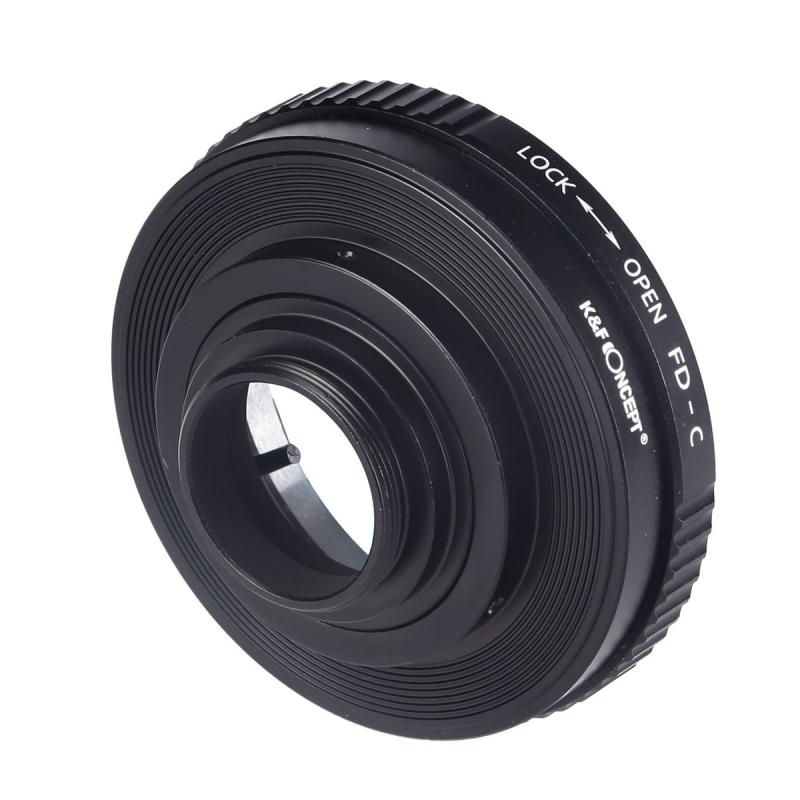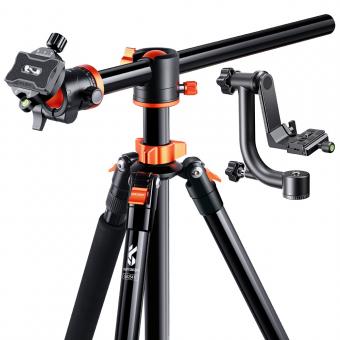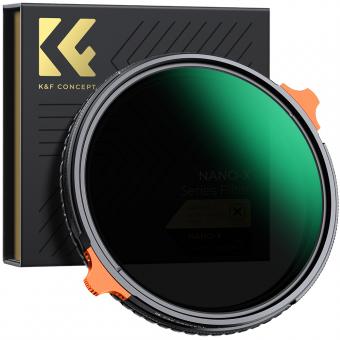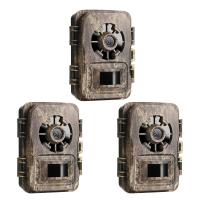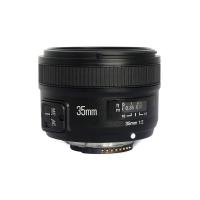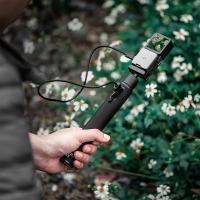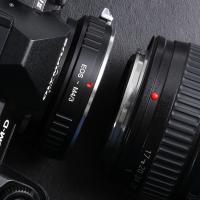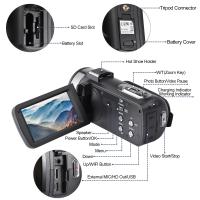How To Process Film On A Tape Camcorder ?
Film cannot be processed on a tape camcorder as tape camcorders record video onto magnetic tape, not film. If you have shot footage on film, you will need to have it developed and transferred to a digital format before it can be viewed or edited on a tape camcorder or any other digital device. The process of developing film involves chemically treating the film to reveal the images captured on it. This can be done at a professional film lab or with a home development kit. Once the film is developed, it can be scanned or transferred to a digital format using a film scanner or a telecine machine. The resulting digital files can then be edited and manipulated using video editing software and transferred to a tape camcorder or any other digital device for playback or distribution.
1、 Loading the film into the camcorder
Loading the film into the camcorder is the first step in the process of processing film on a tape camcorder. To do this, you will need to open the tape compartment on the camcorder and insert the film cassette. Make sure that the film is properly aligned and that the film leader is threaded through the camcorder's film transport mechanism. Once the film is loaded, you can close the tape compartment and begin recording.
It is important to note that tape camcorders are becoming increasingly rare as digital technology has largely replaced them. However, for those who still use tape camcorders, it is important to handle the film with care to avoid damaging it. This includes keeping the film away from heat and moisture, as well as avoiding touching the film with your fingers.
Additionally, it is important to properly store the film after it has been recorded. This includes rewinding the film back into the cassette and storing it in a cool, dry place. It is also a good idea to make a backup copy of the recorded footage, as tape camcorders can be prone to mechanical failure.
Overall, while the process of loading film into a tape camcorder may seem simple, it is important to handle the film with care and take steps to properly store and backup the recorded footage.
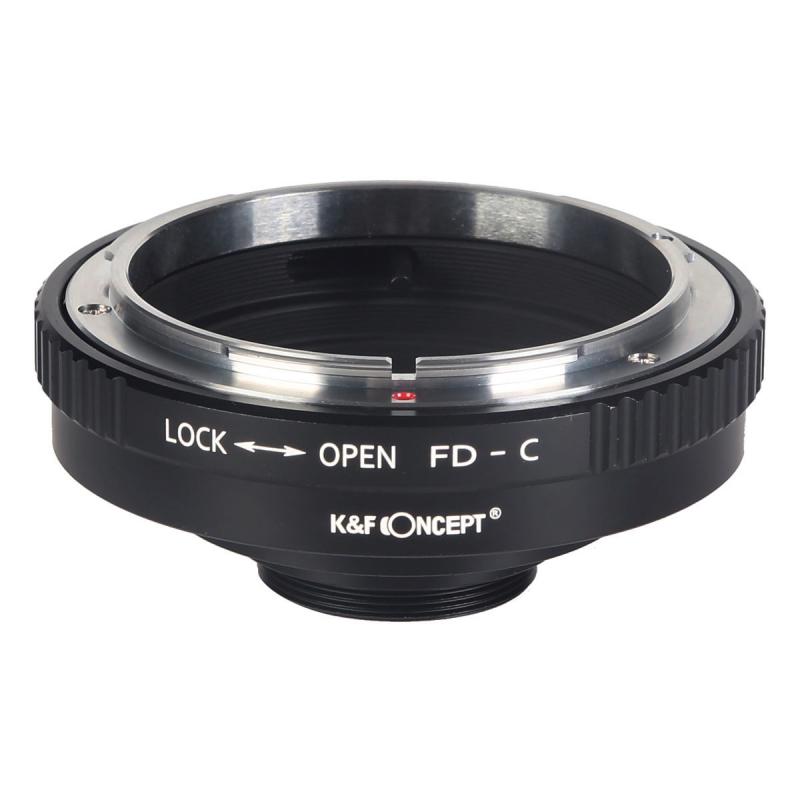
2、 Recording footage onto the film
How to process film on a tape camcorder:
Processing film on a tape camcorder involves transferring the recorded footage onto a computer or other digital device. The process can vary depending on the type of camcorder and the software used for transferring the footage.
First, connect the camcorder to the computer using a USB cable or other appropriate connection. Some camcorders may require additional software or drivers to be installed on the computer before the transfer can take place.
Once the camcorder is connected, open the software for transferring the footage. This may be included with the camcorder or may need to be downloaded separately. Follow the instructions provided by the software to transfer the footage onto the computer.
Once the footage is on the computer, it can be edited and processed using video editing software. This can include adjusting the color and brightness, adding special effects, and cutting and rearranging the footage.
It is important to note that tape camcorders are becoming increasingly outdated, with many people now using digital camcorders or smartphones to record video. However, for those who still have tape camcorders, it is possible to process the footage and create high-quality videos with the right software and equipment.
In conclusion, processing film on a tape camcorder involves transferring the recorded footage onto a computer or other digital device. While tape camcorders are becoming outdated, it is still possible to create high-quality videos with the right software and equipment.
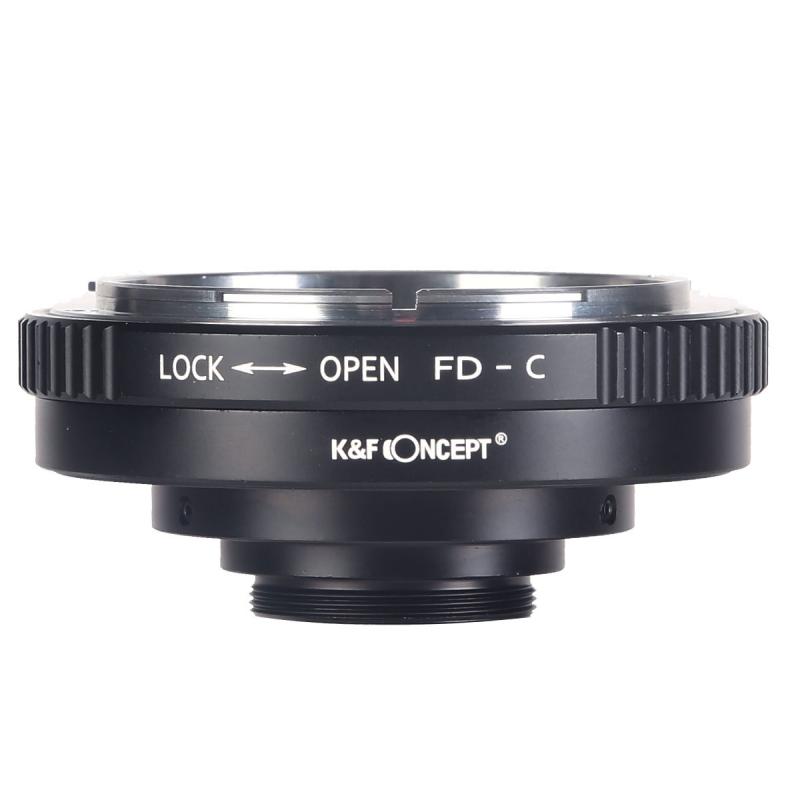
3、 Removing the film from the camcorder
How to process film on a tape camcorder:
Processing film on a tape camcorder involves removing the tape from the camcorder and transferring it to a computer or other device for editing and storage. The process can be done using a variety of methods, depending on the type of camcorder and the software available.
One common method is to connect the camcorder to a computer using a USB cable and transfer the footage using software such as iMovie or Windows Movie Maker. Another option is to use a video capture device, which connects to the camcorder and allows the footage to be transferred to a computer.
Once the footage has been transferred, it can be edited using video editing software. This can include trimming and cutting footage, adding transitions and effects, and adjusting color and sound levels.
It is important to note that tape camcorders are becoming increasingly outdated, with many people now using digital camcorders or smartphones to capture video footage. As a result, it may be difficult to find software and hardware that is compatible with tape camcorders.
In conclusion, processing film on a tape camcorder involves removing the tape from the camcorder and transferring it to a computer or other device for editing and storage. While this process can be done using a variety of methods, it is important to note that tape camcorders are becoming increasingly outdated and may be difficult to find compatible software and hardware for.
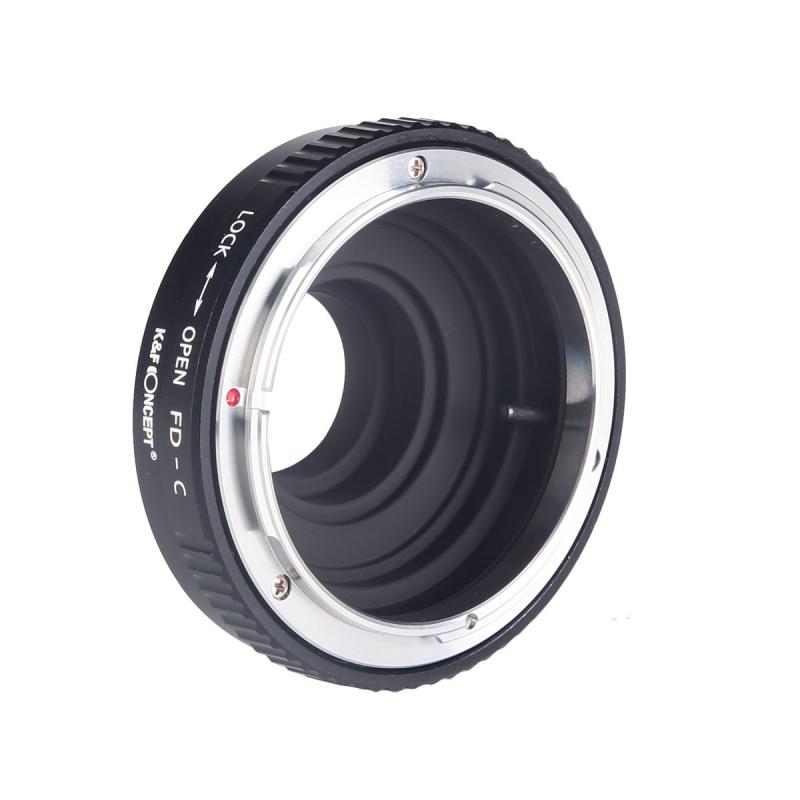
4、 Developing the film using a film processing lab
How to process film on a tape camcorder is a question that is becoming increasingly rare in today's digital age. However, for those who still prefer the nostalgic feel of shooting on film, the process of developing the film can be a rewarding experience.
To process film on a tape camcorder, you will need to first remove the tape from the camcorder and extract the film. The film will then need to be loaded onto a film processing reel and placed into a developing tank. The tank is then filled with developer, stop bath, and fixer, which will chemically process the film and create the final image.
While this process can be done at home, it requires a significant amount of equipment and knowledge. It is recommended that those who are new to film processing seek out a professional film processing lab to ensure the best results.
Developing the film using a film processing lab is a more common and convenient option for those who shoot on film. Film processing labs have the necessary equipment and expertise to develop film quickly and efficiently. They also offer a range of services, including scanning and printing, to provide customers with high-quality images.
In recent years, there has been a resurgence of interest in shooting on film, with many photographers and filmmakers embracing the unique look and feel of analog media. As a result, film processing labs have seen an increase in business and have adapted to meet the needs of their customers.
In conclusion, while processing film on a tape camcorder is a rare practice in today's digital age, those who still shoot on film can either process the film at home or seek out a professional film processing lab. With the resurgence of interest in analog media, film processing labs have adapted to meet the needs of their customers and provide high-quality services.
